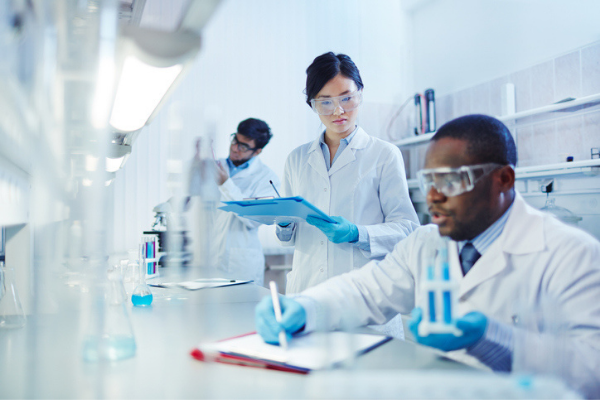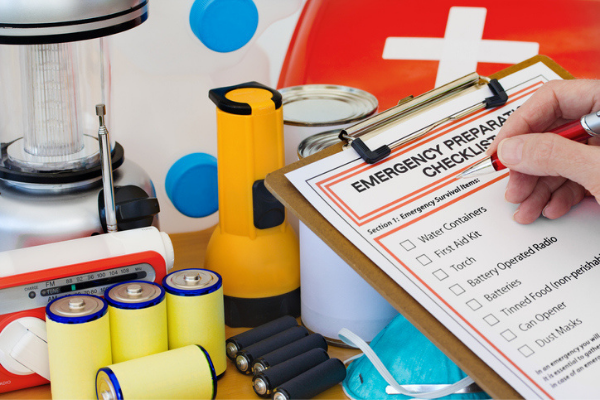
Many industrial organizations with research laboratories restrict or prohibit lab employees from working alone outside of normal business hours. The OSHA Lab Standard (29 CFR 1910.1450) states “Avoid working alone in a building; do not work alone in a laboratory if the procedures being conducted are hazardous.” Laboratories inherently present more risks than do offices. Even if you carry out a routine lab task that is not hazardous, you could still be working in a hazardous environment.
Laboratory hazards could be due to hazardous gases, such as hydrogen sulfide, carbon monoxide, carbon dioxide; unattended reactions; and decreased ventilation rates. A power outage that shuts down ventilation will increase the risks of exposure. A procedure should be established to monitor employees whenever they work alone. An easily activated alarm box could be worn or mounted in a prominent place. Of course, such an alarm would depend on the employee’s ability to summon help. Could a security camera be installed to observe the lab area where the employee is working after hours? Confirm that the procedure requires that someone must look at the camera on a regular basis (e.g., every 60 or 90 minutes).
There are situations in the lab where conditions would require that a second individual be within the sound of a researcher’s voice. Examples of such situations would be: highly flammable materials; highly reactive chemicals, corrosive materials, or toxic substances; mechanical equipment (roll mills, calenders, power saws, or lathes); highly exothermic reactions (polymerizations, oxidations, or hydrogenations); or highly exploratory work carried out in special work areas.
How do you find a second person who can check on your safety? Do you have a research colleague who commonly works after regular hours? Is there any other person trained in laboratory procedures who can accompany you while you work? Are there security personnel who walk through the facility on a regular basis? Are there other employees working second shift in the facility? Periodic phone calls or texts to home could alleviate family concerns.
If you work in a secluded area of a lab or pilot plant as part of your regular daytime activity, similar monitoring procedures may be appropriate.
Remember that even routine activity in your lab presents some risk of excessive exposure to hazardous materials or equipment malfunction. An appropriate monitoring procedure gives everyone involved some peace of mind regarding the safety of lab employees who work alone.






